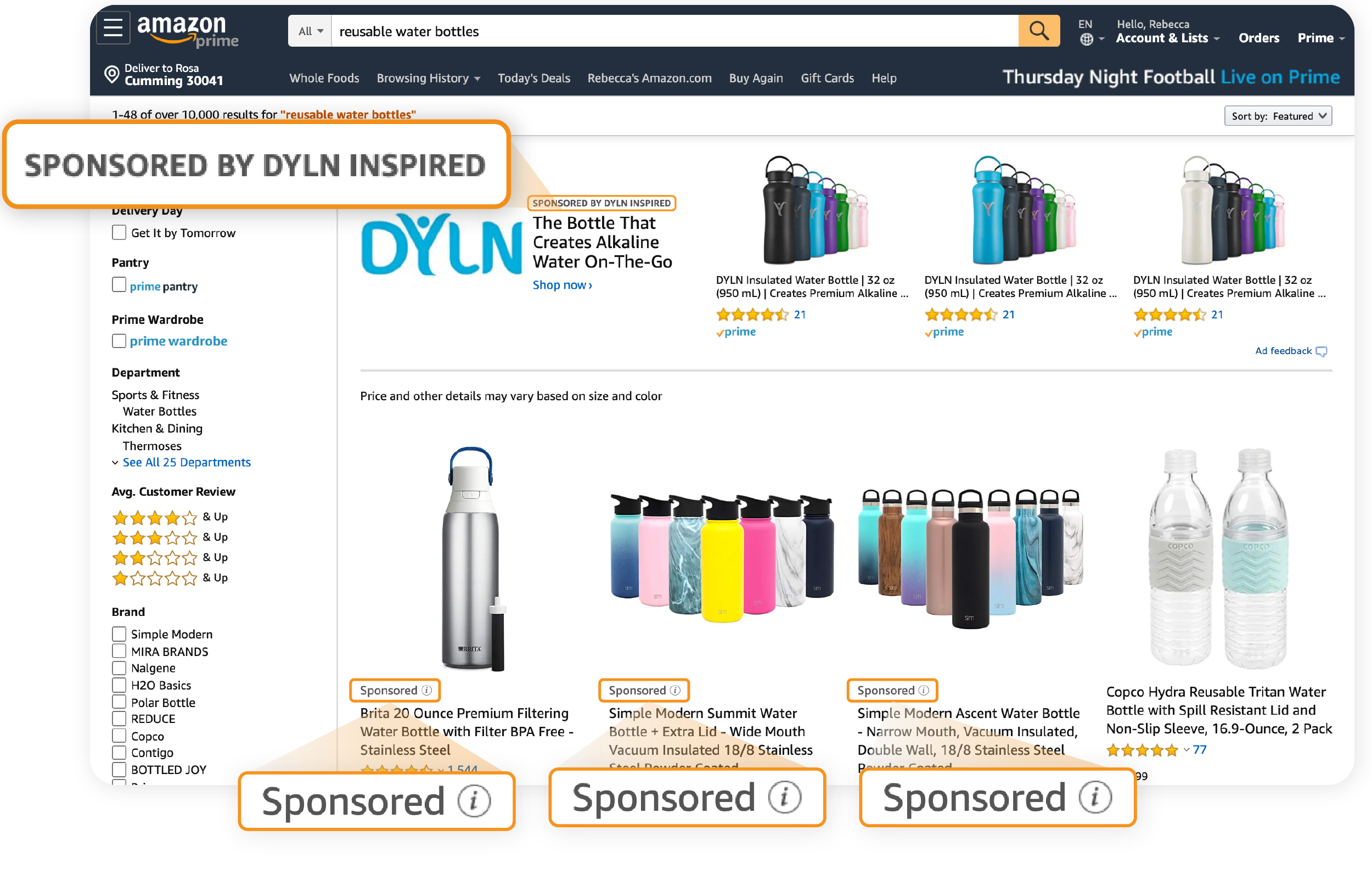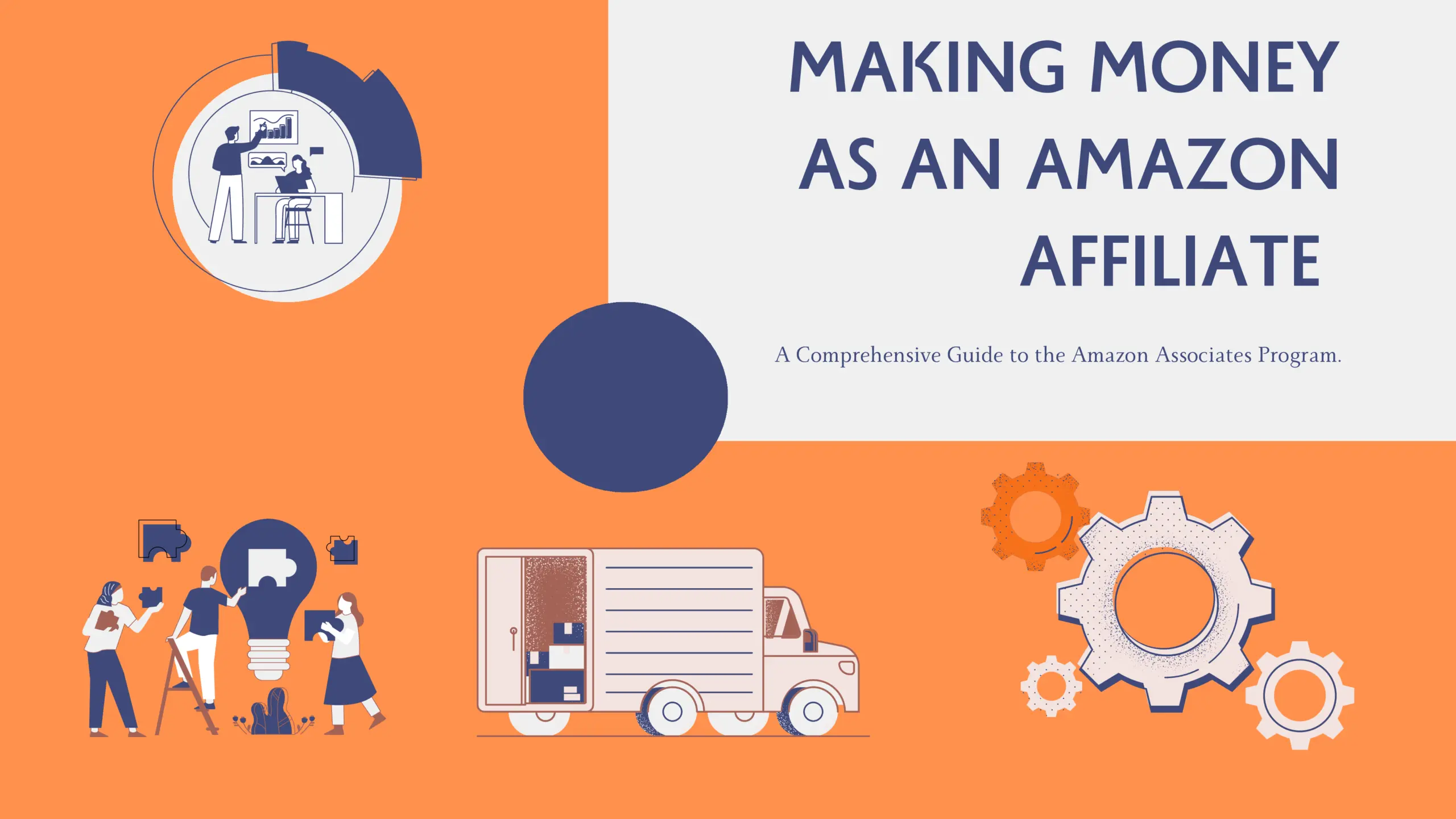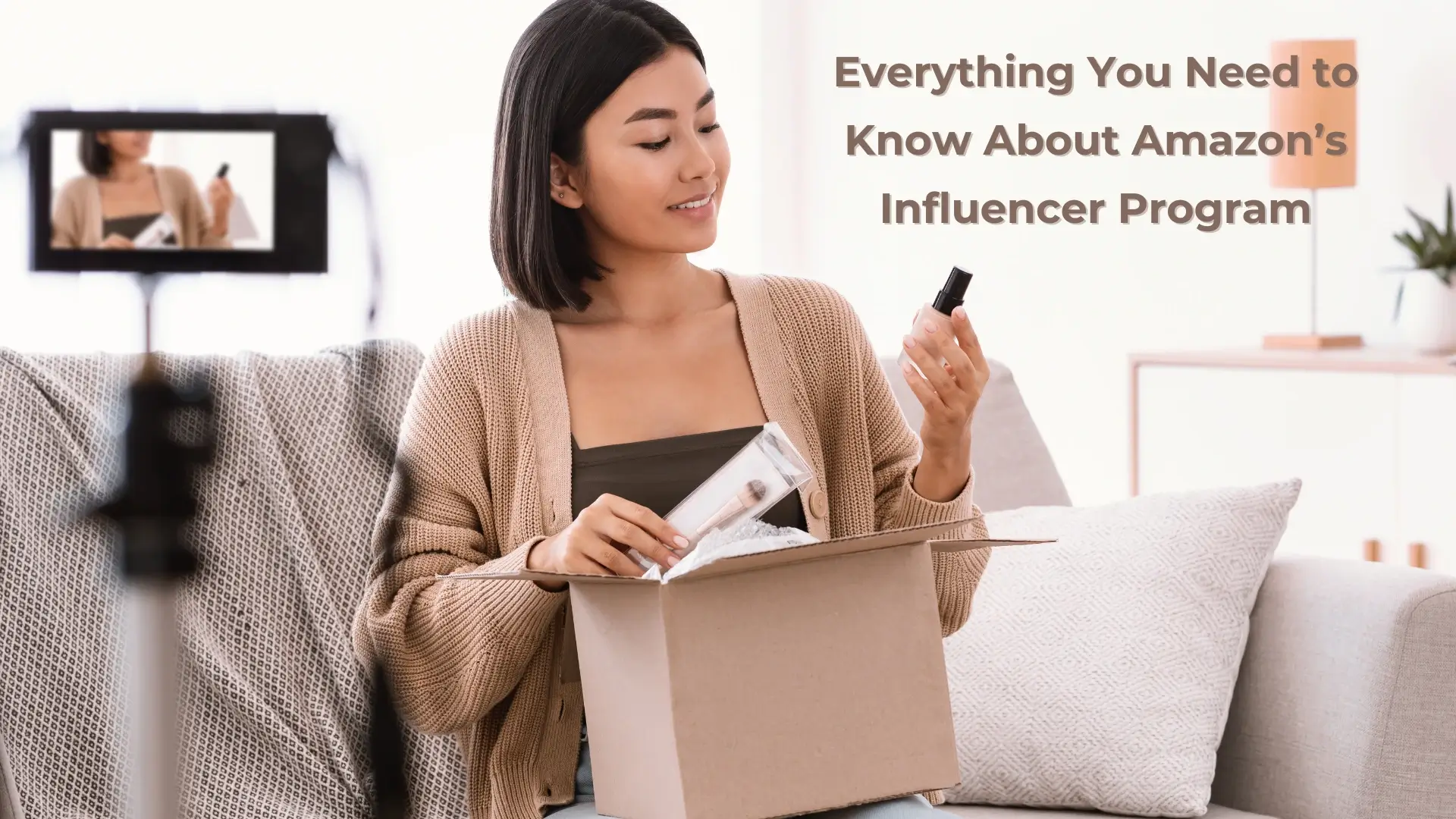The average Amazon consumer probably doesn’t know much about Amazon PPC advertising, but the ads themselves will be a familiar sight. When scrolling through search results and viewing product pages, a series of product ads is always competing for the buyer’s attention


Every Amazon seller wants their products to be found as easily as possible, and Amazon pay-per-click (PPC) ads are one of the central tactics in making this happen. Optimizing a product listing is crucial to having a strong ranking, yet it requires much more than that to be competitive, and PPC will play a huge role in getting products in front of their intended audience. Knowing how to start an Amazon PPC advertising campaign can seem intimidating, but understanding the basics is the first step in learning how to take advantage of its inherent sales possibilities. Here we’ll provide an overview of Amazon PPC advertising and the advantages it can provide for increasing product exposure and sales.
Learning the PPC Facts
Let’s start with some fundamentals. The advertisements that appear on Amazon’s search results pages and on product pages are what Amazon refers to as Sponsored Products ads. “Sponsored” refers to the fact that these ads are paid for by the product’s seller.
The ads appear based around keywords entered during a product search. As a seller, you’ll bid for a keyword related to your product, such as “thank you cards.” Whenever someone searches for that keyword, the amount of your bid will determine the position of your ad. If you have the highest bid, you’ll win the first position. The second-highest would claim the second spot, and so on. You don’t actually pay for the bid until a consumer clicks the ad to view the product page, which is why these ads are known as pay-per-click.
Another important topic is CPC or cost per click. This cost reflects the efficiency of your ad spending based on how many consumers clicked your ad. If you spent $80 on an ad, and 40 people clicked the ad, your CPC would be $2. The significance of CPC is that it indicates how well your ad is performing. To differentiate, PPC is the overall advertising plan, whereas CPC is the performance gauge of your plan. Note that Amazon PPC ads are available only to sellers on the Professional plan.
What You Can Gain from PPC
Visibility
Sponsored ads enable a great means of exposure with your target audience. PPC ads draw attention to your product, providing a photo, price, and title (or the first part of it). It also shows if you’re a Prime member, when the consumer will receive it, and your review rating. These basics all form the hook that will intrigue someone to click the ad to learn more. Consumers can then compare your offering with those of your competitors and become familiar with your brand.
Sales
Greater visibility leads directly to greater potential for sales. In some cases, sponsored ads have enabled no-name businesses to steal sales away from larger, more established brands. By doing so, a smaller business can build enough sales to compete with those large brands and take market share away from them.
Performance Monitoring
Within Amazon’s Seller Central, you can monitor your Sponsored Products performance and make adjustments depending on how well you’re doing. You can reduce or increase your bids on the keywords you’re ranking for or choose to stop bidding on keywords that aren’t going well. All this allows you to use your ad budget wisely and fine-tune your campaign.
Keyword Categories
Not everyone searches for products using the exact same keywords. Giving your ads the biggest potential for exposure requires connecting your ads with the different possibilities of search terms. Keywords are categorized in three different groups:
- Exact: Just as it sounds, this would consist of an exact match of a keyword, such as
“thank you cards.” In this category, your ads would only appear for searches for this exact match.
Phrase: This category would be a step beyond exact match but include the phrase itself in the
same order as exact match. Many different derivations may exist, but the keywords must appear
in the right order. Here are some phrase match examples:- Thank you cards with envelopes
- Thank you cards baby shower
- Thank you cards wedding
Broad: This category provides the broadest potential for your ads to appear. Keywords can
appear out of order and include modifiers. Examples would be- Card thank you funny
- Gift cards thank you
- Cards thank you religious
By using a combination of all three categories, your ads can appear in front a wide array of consumers and increase your chances of clicks and conversions.
Using Automatic and Manual Campaigns
As you start your campaign, you have a couple of different campaign options when it comes to targeting keywords. You can either take a manual approach and choose which keywords you want your ads to target, or you can allow Amazon to do the targeting for you automatically, based on what it considers the best keywords to be for your product.
Automatic is the best place to start and will enable you to compete in the auctions that make sense for your product. When using an automatic campaign, you’ll set your budget limits and Amazon handles the rest. After you’ve begun, Amazon will send you a report breaking down your performance, listing your keywords, clicks, and conversions. You can determine how frequently you’d like to receive the reports, which can be generated every 12 hours.
A manual campaign will put all the control in your hands, but you’ll need to do your research before choosing your keywords. It’s best to use a manual approach after you’ve had an automatic campaign under way and now you want to target specific keywords that you’re ranking well for. You’ll also be able to bid for exact, phrase, and broad matches, and you’ll be able to set your bids depending on your budget and performance.
Weeding Out Negative Keywords


As your campaigns grow and certain keywords are performing well, you can start eliminating those keywords that are no longer relevant or aren’t leading to conversions. Amazon’s algorithms will monitor any keywords that you’re bidding for that aren’t generating clicks, and your organic rankings will consequently suffer. Removing those poorly performing keywords will help your spending be as efficient as possible and help you focus on the keywords you can compete well for.
Also, when it comes to those keywords you’re converting well for, you can devote an entire campaign to that specific keyword. In order to do so, you’ll need to remove that keyword from an existing campaign by making it a negative one. You’ll then create a manual campaign devoted to that keyword.
Putting Your PPC Campaign in Action
Now that you have an understanding of what PPC can help you achieve, you’re likely already thinking about how you can put it to use in your Amazon selling endeavors. In addition to being something any seller should put into practice, PPC can have distinct advantages when launching a new product or for getting seasonable products some attention during specific times of year. Taking advantage of the advertising channels that Amazon provides is crucial for giving your products some valuable exposure and a reliable means of increasing your chances for sales.
As you get started learning your way around Amazon PPC advertising and get some hands-on experience, the team here at Viral Launch can answer questions and provide help when needed. Our Amazon PPC expertise and insights have been built on years of launching thousands of products. We’ve helped new brands establish themselves in the Amazon marketplace by using our sales and rank strategies to lay the groundwork for long-term success.
Are you interested in putting some of this strategy to work for you? Start your a free trial of Kinetic, or learn more about how Kinetic, our Amazon PPC tool, helps sellers automate, manage, and understand their Amazon PPC.







